

September 28, 2014
Flashpoint 320 Monolight, 7.2" Air Lightstand & Glow Softbox
Adorama.com
Review by Steve Douglas
As a result of several of my most recent reviews of video and photo gear being offered under Adorama's own Flashpoint series of equipment I have received many emails from readers interested in the high quality and relatively low cost of these products. While I am under no obligation but to write my honest opinions rather than superfluous hyperbole, I have been just as impressed. That said, I have been a videographer and editor for many years now, but have never called myself a professional photographer. So for this review, I called upon a true photo pro, Nick Abadilla of Nick Abadilla Photography, based in San Diego, to thoroughly evaluate the Flashpoint 320 Monolight Strobe unit, the 7'.2" Air Lightstand & 71" Glow Softbox with me in a proper studio setting.
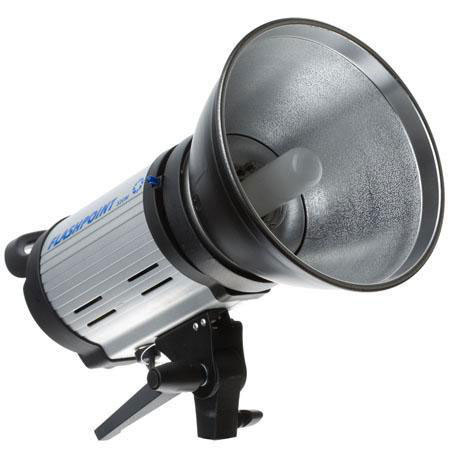
The Flashpoint 320M mono-light, selling for $99.95, impressed both of us for several reasons. To start with, that it was shipped with secure packaging to protect the light tells me that just because Adorama sells a multitude of products and brands, they also take pride in their own Flashpoint products and make sure they are approached and treated with the same care as any other expensive piece of equipment. The 11" x 5.6" x 7.5" mono-light comes with its own nylon carry bag which secures the light with both an over light pad that stretches from one side of the bag to the other as well as positive plastic clips that seal the bag. A shoulder strap is also provided. For many, once the light is set up in the studio you might never need to use the bag, but it's there if you do need to transport it. At a weight of only 3 lbs, carrying it shouldn't strain anyone.
The 8" reflector dish locked easily into place and was just as easy to remove. This has not always been the case with some of the lights I have been sent to review in the past.
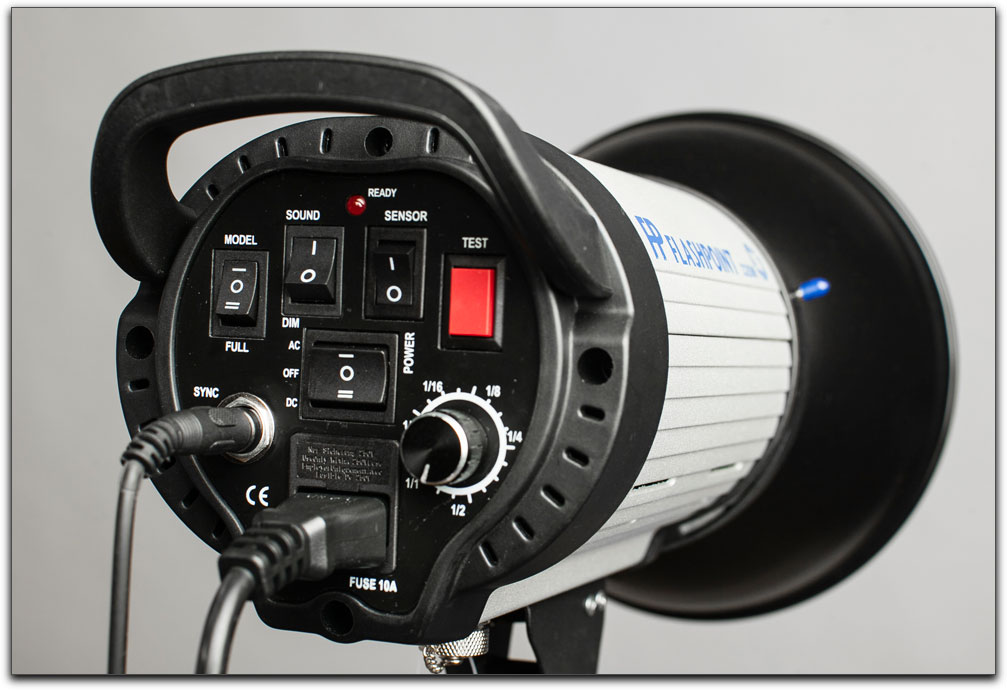
Back panel controls were simple to access and intuitive to use. There is pretty much everything you need at the ready. The Sound switch may provide an audible chirp when the mono-light is charged. The recycle time was about 1 second with the mono-light at full power, and faster when using less power with flash durations ranging between 1/600th to 1/1000th. The nicely delineated power control knob is step-less from full power down to 1/32nd.
To get an idea of the variable power range, the reflector was mounted to the 320M which was positioned approximately six feet away from the subject. A handheld light meter set at ISO100 and 1/200 second shutter speed was connected to the mono-light via the sync cord. The 320M was then remotely fired at the minimum power output of 1/32 using the light meter, producing a reading of f/2.8. The output was then set to full power and triggered again to produce a reading of f/22. Essentially, the 320M was able to produce an effective exposure over a 7-stop range.
*SIDENOTE: In between the 1/32 and 1/1 shots, I triggered the flash once to discharge the unit per the manufacturer's instructions. Their recommendation was to do this in between changes of power. Check the manual for exact language. However, the Flashpoint Monolight is a self dumping light so that you do not have to push the test button when changing power settings, it does it automatically.
The sensor switch on the control panel allows the monolight to be triggered by other flash units.
One of the best features is that you have the option of using either AC or DC with this strobe via the AC/DC rocker switch on the rear. The Flashpoint Mono-light can be used with optional external batteries eliminating the long cables that a photographer is often stuck with in the studio, as well as enabling the mono-light to be used outdoors where AC is simply not available. The optional battery packs cost about $130.00.
The Flashpoint's color temperature is 5600° which makes for even lighting when that cloud rolls past the sun creating more shade than desired. The light temperature remains pretty consistent as does the power output. The light comes with a user replaceable flash tube and modeling lamp and a two year warranty.
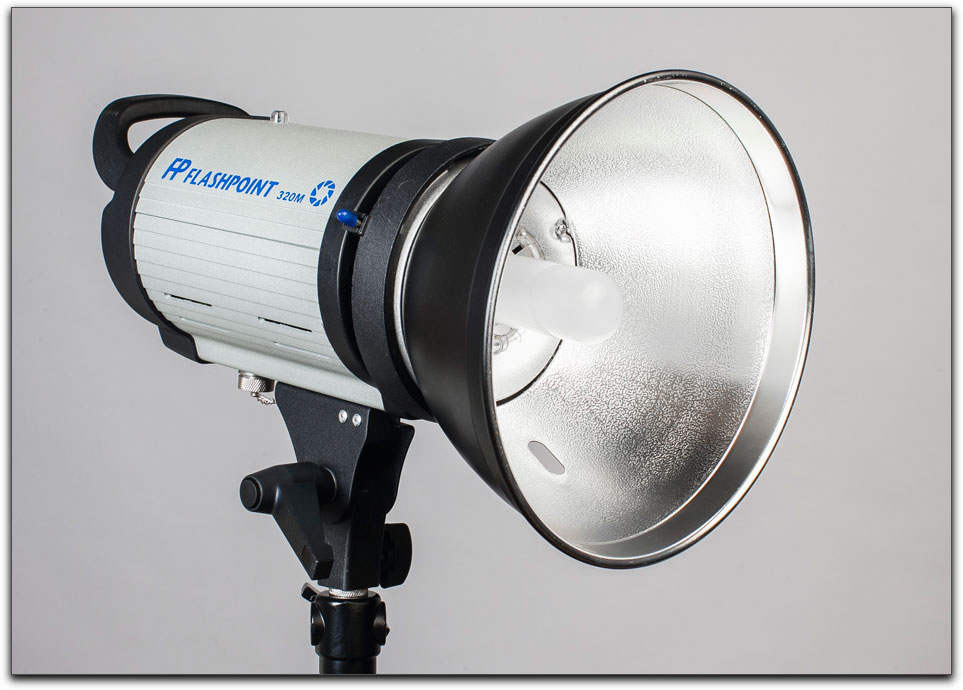
The mono-light is not fan cooled but did not seemly overly warm to me.
Of greatest importance, the Flashpoint 320 Mono-light produced a nice even light with no hot spots making this especially valuable when doing portrait work. You have full control over the intensity of the modeling light as well.
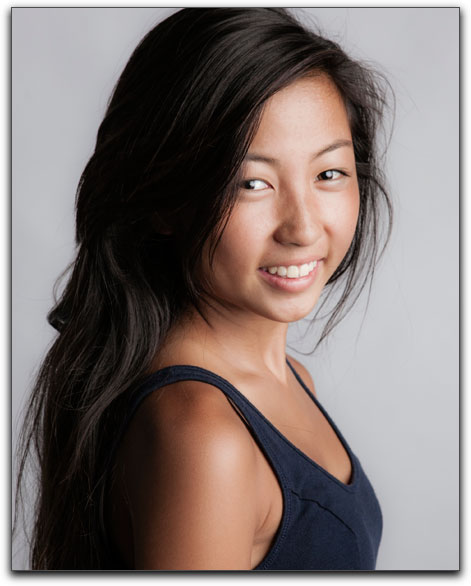
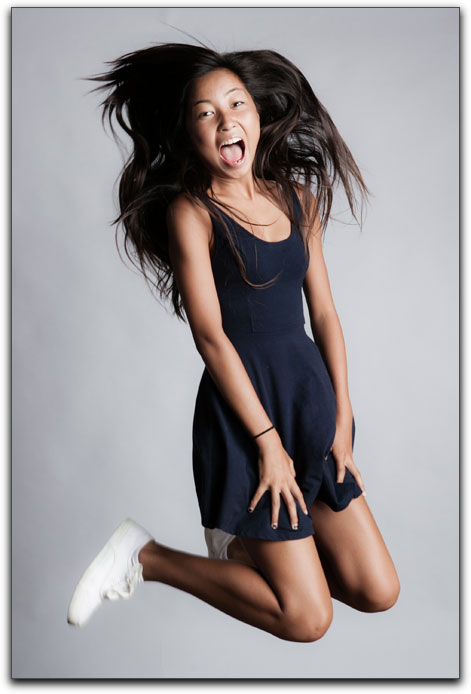
Model Sophie Abadilla is all pro in front of Flashpoint 320 Mono-Light. Notice the smoothness and consistency of light being produced.
Glow 71" Grand Soft Box
$259.99

The Glow 71" Grand Soft box that I used with the Flashpoint 320M mono-light also came with its own carry bag. Good thing for that, as this soft box, at 71" is pretty large. While there was no instruction manual that came with the Glow Soft box, set up was intuitive. Despite that, it still took about a half hour to complete the job. If you have never used one before, you might want to have an experienced buddy along with you as you set it up for the first time.
It comes with 16 rods, but we found that we really only needed to use 8 of them to set it up properly. The supplied speed ring is nicely numbered to assist as a guide in the rod insertion process.
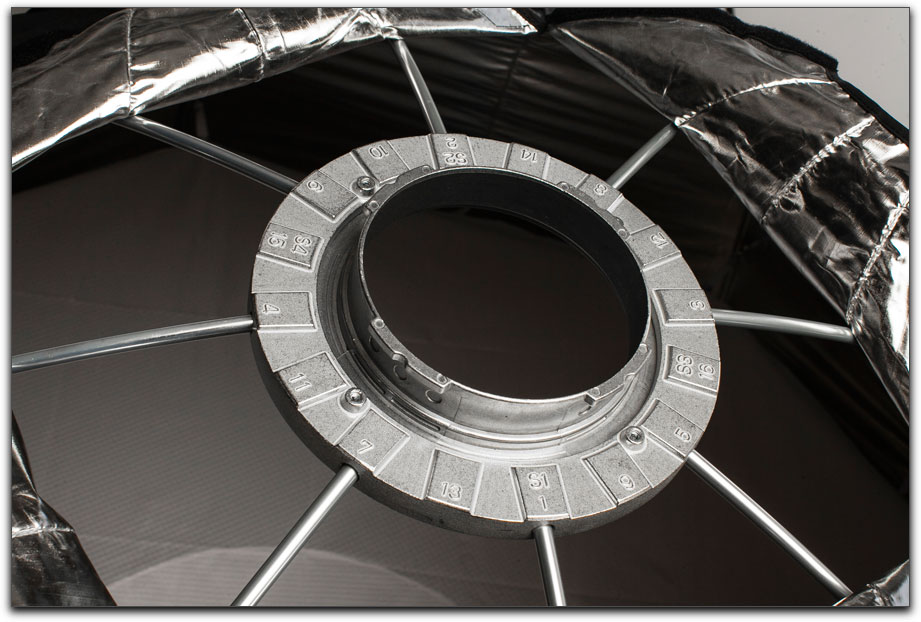
While installing the first several rods was fairly easy, attempting to get the remaining rods attached from the speed ring to the soft box was a demanding job.
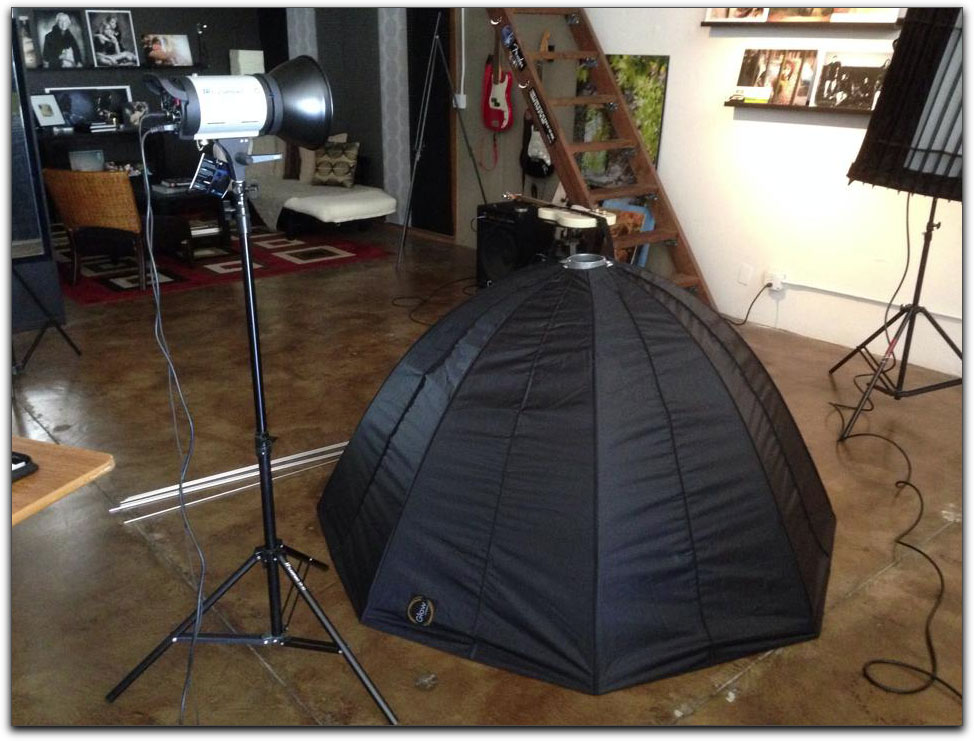
In the past, when reviewing other soft boxes from different companies, I found this issue to be a consistent one. The first ones are simple to install, but it gets more difficult to fit in the last few rods as the soft box takes its intended shape. I'm instinctively afraid of breaking the rod or bending it into a shape that it is not supposed to be bent into. I've never found a solution to ameliorating this issue. Additionally, once the soft box was put together we found it challenging to mount the speed ring to the mono-light and, due to the weight of the unit, was difficult to align and turn the speed ring into place. These tasks can be awkward at times so this was not surprising to me, but once the task is completed you are really good to go. In a studio, you might never need to break it down.
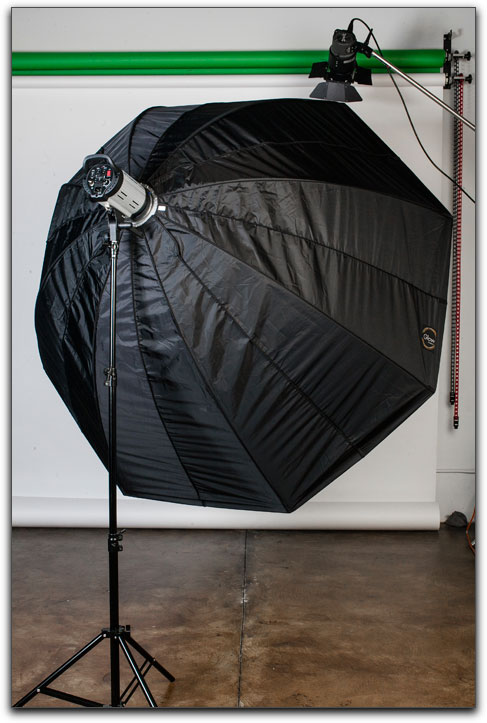
The soft box uses a parabolic design which integrates both the power of a key light with the even dispersion of light as a reflector. When using it with the mono-light we found that the light was completely sufficient for full body photos and retained a nice, even light quality. While there was no internal baffle, a diffuser panel is supplied and attached quickly to the soft box via snap down fasteners. This diffuser is recessed approximately 12" into the soft box and, once attached, remained nicely stretched and taut as it efficaciously eliminated hot spots.
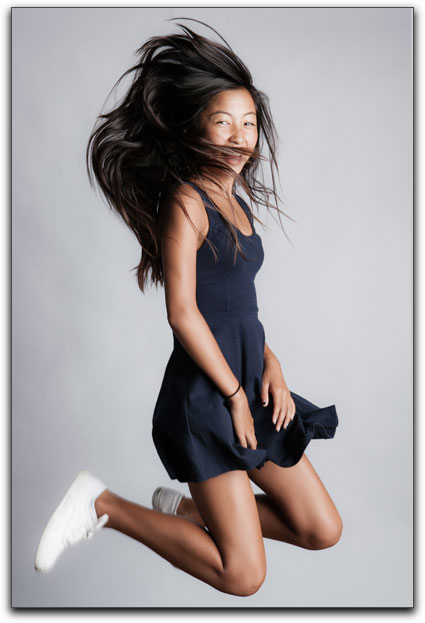
Despite some awkwardness in the set up process, I have never found a 'piece of cake' set up for any soft box on the market. All in all, if a large soft box is what your shooting needs, then you can't go wrong with the Glow Soft Box.
Flashpoint 7.2" Pro Air Cushioned Lightstand
$29.95
A stand is a stand is a stand, right? Nope! Different stands offer different levels of stability, height and ease of use.
When I first took the light stand out of its box, my initial thoughts were that this was just a lightweight stand that would be fine for light loads but one that would need to be watched closely in use as I didn't think it would be very stable. Okay, here is another time when I was 'Wrong Again'.

Yes, the stand is very lightweight coming in at only 3.3 lbs. Its' three sections of legs are aircraft grade aluminum and rubber tipped to protect flooring. You do want to avoid extending any section on any light stand too far. Like Nike Abadilla, I always back sections down an inch or so for added stability.
Each section has a solid , easy to grip knob to tighten the section down; they are fairly large and thus provide enough leverage to tighten or loosen without having to pinch your fingers or grab a pliers for one that has been overtightened. Always be careful about over tightening these things. With other stands I have had students break them for just this reason.
With a maximum load of 14.5 lbs, the stand solidly held the Flashpoint 320M and Grand 7.2" Grand Softbox. There were no issues or problems that arose. Should you feel the need for even greater stability you can always place a sand bag over one of the legs which I often do when shooting out doors.
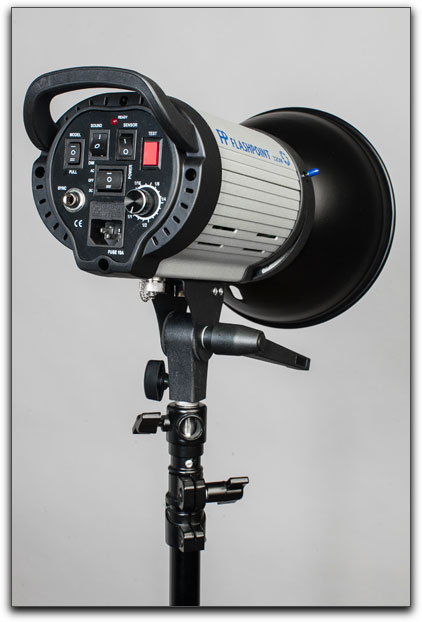
What really impressed me was the safety factor that this air cushioned stand provided. With other stands, raising or lowering a stand with a load already mounted can be a task requiring strength, balance and in some cases, quick reflexes. That this stand's sections are air cushioned allows the loosening of a section to raise or lower it without the entire section quickly dropping down or having to muscle it back up. This one simple feature makes working with it a smooth and easy process and makes working with heavier loads quite a bit easier.
The head of the stand allows you to mount your light either vertically or horizontally which is, additionally, a convenient feature. I did place the stand on my wheels accessory that I sometimes use for my tripod and the stand's 2.95" diameter fit them just fine.
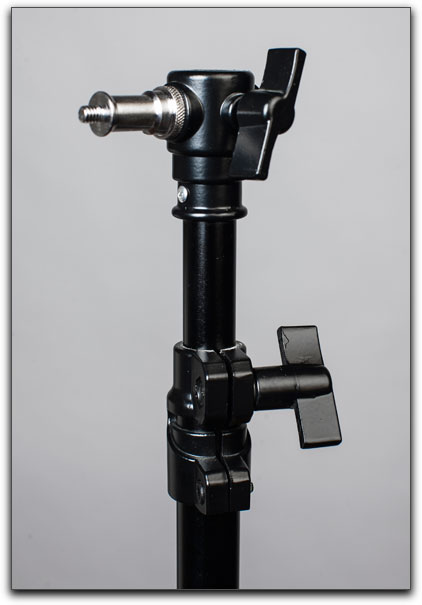
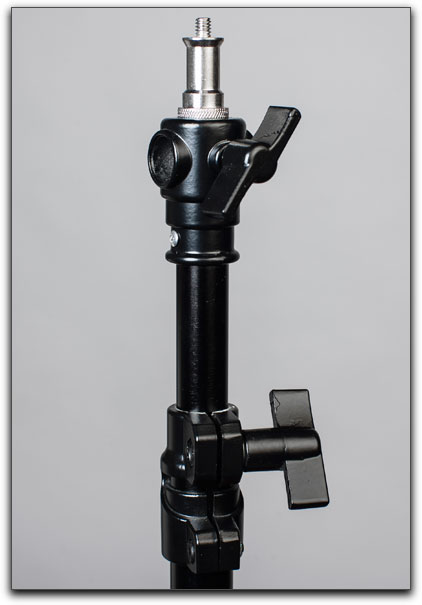
When fully extended for use you get a good 7.2" of height, but packed up and ready to transport, the Flashpoint Stand compacts down to 30". Not bad at all.
While the individual pieces of photo gear reviewed in this article must be bought separately, as a trio of purchases for those in need of quality equipment at less than astronomical prices, I really don't think you need to look much further. I am quite pleased with the offerings from Flashpoint.

Steve Douglas is a certified Apple Pro for Final Cut Pro 7 and underwater videographer. A winner of the 1999 Pacific Coast Underwater Film Competition, 2003 IVIE competition, 2004 Los Angeles Underwater Photographic competition, and the prestigious 2005 International Beneath the Sea Film Competition, where he also won the Stan Waterman Award for Excellence in Underwater Videography and 'Diver of the Year', Steve was a safety diver on the feature film "The Deep Blue Sea", contributed footage to the Seaworld Park's Atlantis Production, and Productions for National Geographic and the History channels. Steve was a feature writer for Asian Diver Magazine and is one of the founding organizers of the San Diego UnderSea Film Exhibition.
[Top]
copyright © Steve Douglas 2014
© 2000 -2014 Ken Stone. All rights reserved. Apple, the Apple logo, Final
Cut Pro, Macintosh and Power Mac
are either registered trademarks or trademarks of Apple. Other
company and product names may be trademarks of their respective
owners.
All screen captures, images, and textual references are the property and trademark of their creators/owners/publishers.


















